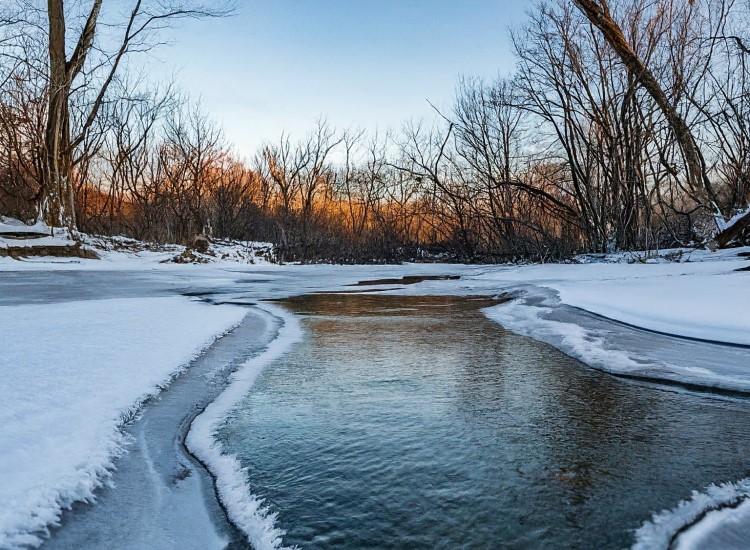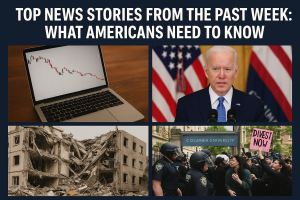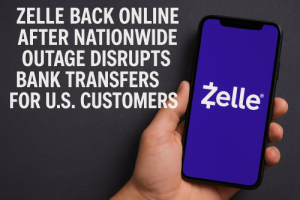Hidden Dangers on Ice: New Tech Uses Satellites to Spot Winter River Hazards

Hidden Dangers on Ice: New Tech Uses Satellites to Spot Winter River Hazards
Living in a place with freezing winters, we all know the beauty of a snow-covered landscape and the fun of winter sports. But those frozen rivers and lakes can hide unseen dangers. This year, thanks to some clever scientists, there’s a new way to stay safe on the ice.
Researchers at the University of Alaska Fairbanks have developed a system that uses satellites to find sneaky patches of open water hiding beneath the ice. This might sound like something out of a James Bond movie, but it’s actually based on fancy radar technology called synthetic-aperture radar (SAR).
Here’s the thing: early winter freezes can be deceiving. A river might look completely frozen over, but underneath, there could be pockets of open water. These can be incredibly dangerous, especially for anyone traveling across frozen rivers – a common activity in many rural Alaskan communities.
The new satellite tech can see right through the ice, revealing these hidden hazards. This information can then be used to create maps that pinpoint exactly where the danger zones are. Imagine having a real-time guide that tells you exactly where the safe ice is and where to avoid!
This isn’t just good news for Alaska. The same technology can be applied anywhere in the Arctic, where similar freezing and thawing patterns create the same hidden dangers.
But there’s another reason this research is important. As climate change continues to impact our planet, winters are getting warmer. This means rivers are freezing later and thawing earlier, making the whole ice situation even more unpredictable.
By using satellites to monitor our frozen waterways, we can stay ahead of the curve. This information can help us ensure the safety of people who travel on the ice, but it can also help us understand the bigger picture of how our climate is changing.
So next time you’re out enjoying a winter wonderland, remember: even the most beautiful ice can hide dangers. But thanks to this innovative new technology, we have a powerful tool to stay safe and informed.




